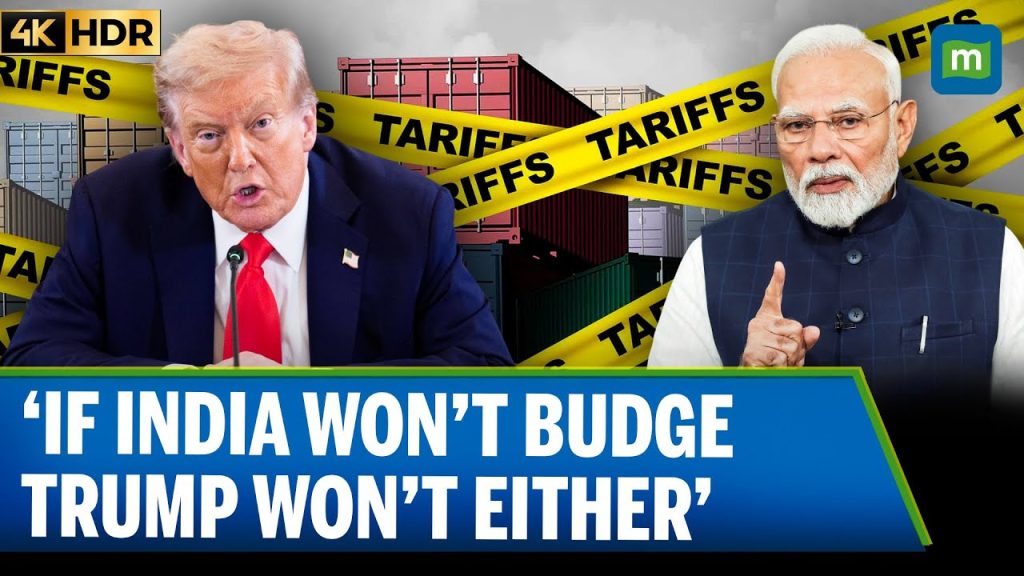An eerie silence hangs over the garment manufacturing unit of N Krishnamurthy in Tiruppur. It is one of the largest textile export hubs of India.

Workers are completing the last of the season’s children’s garment orders for some of the biggest retailers in the United States. Only a fraction of the roughly 200 industrial sewing machines on the floor are in operation.
Set to kick in soon, at one end of the room, piles of fabric samples for new designs are gathering dust, which are casualties of the steep 50% tariffs on India of US President Donald Trump.
India is a major exporter of goods, including garments, shrimp and gems and jewellery to the United States. Including a 25% penalty for buying Russian oil and weapons are similar to an embargo on Indian goods.
BBC correspondents visited key export hubs across India to assess how the trade uncertainties are impacting business owners and livelihoods.
Tiruppur contributes to a third of India’s $16 billion (£11.93 billion) ready-to-wear garment exports. These exports go to brands like Target, Walmart, Gap, and Zara. There’s an acute anxiety about what the future holds.
As clients have paused all orders, Krishnamurthy said that September onwards, there may be nothing left to do.
He recently paused his expansion plans and benched nearly 250 new workers hired before the tariffs were imposed.
The announcement’s timing has worsened the situation in the run-up to Christmas. Almost half of yearly sales for most export businesses occur during this period.
To survive, now these units are banking on the domestic market and on the upcoming Diwali season in India.
At another factory that makes underwear, inventory meant for US stores piled up with no takers, totaling almost $1 million.
The owner of Raft Garments, Siva Subramaniam, told the BBC that they were hoping India will ink a trade deal with the United States. Last month, the entire production chain froze. How I will pay workers if this continues?


